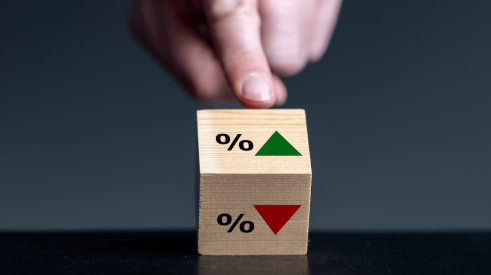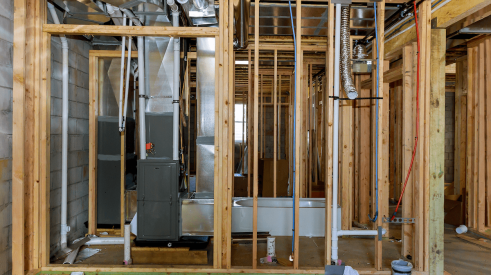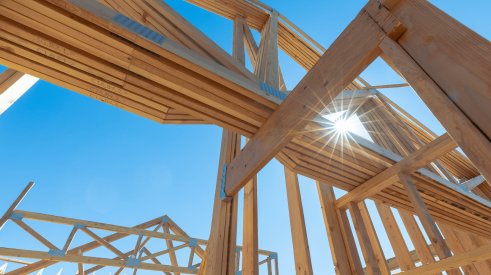Ed Brady is the President and CEO of the Home Builders Institute (HBI), the nation’s leading education resource for career technical education in the building industry. Brady is a former chairman of NAHB, and for 30 years was a home builder in Illinois. Recently, he sat down for an interview to discuss the challenges the industry faces in fulfilling its need for qualified employees in the skilled trades.
What does it take to create a skilled trade worker?
Brady: First of all, it takes teaching someone who is willing to learn. It’s a lot easier to become a skilled worker if you want to be a skilled worker. It starts with a person who wants to work with their hands. Someone who knows that skilled labor in the construction trades is physical work. Someone with a good work ethic. It’s often a student who isn’t particularly interested in learning through the traditional academic way, and who knows instinctively they don’t want to work behind a desk. They’re someone who has a desire to build something – a house, or a system that comes together for a home, for example.
Now, we need to be honest about it. It’s not for everybody. It’s demanding work. But ultimately, it takes someone who never stops honing their craft and is willing to do it every day. Because to become a true craftsperson, you must do it every day.
That’s what it takes from the point of view of the person being trained. On our side of things, it takes instructors who know their craft, who know how to educate and train, and who are working with a strong curriculum and a good delivery system for that curriculum.
Why does someone choose to be an HBI student?
Brady: In the beginning, they come because they want to get a job. At first, they’re not thinking, “I’m seeking a career in residential construction.” Of course, that’s where we eventually want them to be. That’s what we at HBI are working toward. We’re thinking about what the home building industry needs from us in the long run. But for the typical HBI student, it often starts as a pursuit out of necessity. Over time, we see that evolve into a desire for financial and personal independence. And I’ll also tell you that we often hear our students saying that they want to help people. It’s true. They see the connection between what they do to create homeownership and how that serves families.
What makes HBI different from other training programs?
Brady: Our curriculum is driven by and written by the industry and is based on very specific national standards that are created, updated, and taught by education experts and professional builders working together. We reevaluate those standards regularly so that they remain relevant, based on exactly what the industry needs and wants. That sets us apart from others.
Also, we know the varied ways that our students want to learn. I’ll give an example. We can teach math in a totally different way than it’s done in the traditional classroom. It’s a very practical approach, say with a piece of lumber and a tape measure, teaching fractions and equations in an actual job setting. The student eventually gets to a point where they know how to do it on paper. But it first starts hands-on.
How has COVID changed things?
Brady: The biggest change has been the introduction of what’s called “blended learning.” That’s the combination of hands-on learning with online tools. I will emphasize: HBI will never move away from hands-on. That is at our core and we’ll never abandon that principle. But digital learning has become a terrific enhancement that benefits both student and employer. It brings together a variety of learning styles and techniques that deepen the training.
The revolution that’s taking place in digital learning is remarkable. Like I said, hands-on training will always be our number one method. But now we have the additional value of things like simulations, gamification, virtual reality, and online courses. All this strengthens the overall package and reaches more people with a blend of learning styles.
The residential construction industry faces a shortage of 200,000 skilled workers. Yet HBI, and other continuing education programs, are training thousands every year. What’s the problem?
Brady: That’s a great question. Because it’s correct to say there’s a disconnect between employers and potential employees in our industry. For instance, I can imagine, say, an HVAC contractor somewhere right now, who is looking for skilled workers, but who has no idea that the local technical college on the other side of town is training great recruits.
As an industry, we need to do a better job of tying together the demand for labor and the supply of labor. Everyone should always be investigating what’s available; working with HBAs and industry stakeholders to support and advocate for continuing technical education programs; using online resources to network with industry colleagues and search for candidates; fighting against the stigma that too many Americans hold toward careers in the trades; and ultimately, knowing that there is a diverse population of trained workers eager to get started.
Because in the end, our businesses want workers who come to them with some basic knowledge of the industry and the trade, who have spent some time understanding the fundamentals. The builder or contractor is going to train them on the job, for sure. But they prefer working with someone who first comes to them knowing what it’s all about, who has some training under their belt. That’s the kind of skilled worker that HBI provides to the industry.
For more information, visit hbi.org or contact Ed Brady directly at edbrady@hbi.org.
Advertisement
Related Stories
Economics
Housing Share of GDP in Q1 2024 Rises Above 16%
The increase marks the first time GDP has surpassed 16% since 2022
Sustainability
Which Green Building Practices Are Home Builders Using Most?
A recent report reveals which green-building practices are most popular among single-family home builders and remodelers
NAHB
NAHB: Working to Build a Stronger Housing Industry
NAHB Chairman's Message: 2024 promises to be a great year in which NAHB will continue its advocacy efforts and work to both strengthen the home building industry and deliver more affordable homes for Americans







